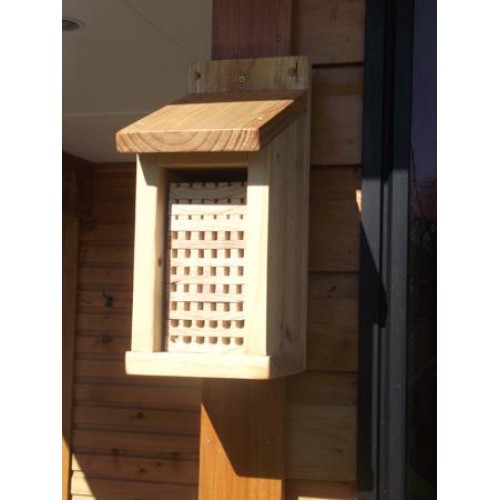Bumblebees and pollination 21 Jun, 2012 Plant & Food Research is investigating whether bumblebees can be used to pollinate flowers in commercial orchards.
Much of the food we eat every day relies on honey bees to pollinate the flowers. Honey bees have traditionally been used for pollination, mainly because they also produce honey. However, varroa mite has had an impact on hive productivity in New Zealand, and the mites have also developed resistance to two of the three chemicals used to control them. This makes using honey bees more expensive.
Scientists from Plant & Food Research wonder if growers could also use bumblebees to pollinate flowers in commercial orchards. Bumblebees are effective pollinators Bumblebees are about 50 times more effective as pollinators than honeybees, mainly because they are larger, so they pick up more pollen on their bodies. They are also better at crossing between the polliniser and the main cultivar so they are more effective for cross-pollination.
Research hopes bumblebees may offer growers second pollination option Plant & Food Research scientists are starting a bumblebee research programme. The aim is not to replace honey bees but to provide growers with a second option for pollination. There are two components to the research: Radio-tracking wild bumblebee queens in avocado orchards to find out what kinds of nests they prefer. Building and installing artificial hives that scientists hope will attract bumblebee colonies and provide a way of allowing growers to monitor bumblebee numbers on their properties. Dr David Pattemore from Plant & Food Research.


